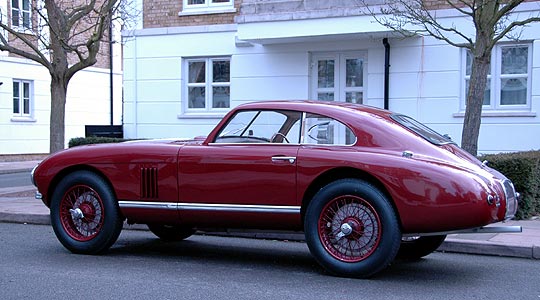
There’s some history here: the fourth DB2 chassis built, the second six-cylinder car, and ‘DB’’s personal transport until pressed into racing service by works driver Lance Macklin, who entered it in the 1950 Targa Florio and Coppa Intereuropa, Monza.
In many senses it’s the first ‘complete DB2’, a truly historic car and one that will be seen at high-profile events this year in the hands of its new, Swiss owner. We were able to drive the car (currently residing at Aston Martin Heritage specialists Nicholas Mee & Co.) recently. Just around town - but nonetheless enough running time to get a good impression of the 60-year-old Aston.
And, in short, I really liked it.
Before we come to that, let’s go back to that post-War period in the early stages of David Brown’s ownership of Aston Martin. Engineer Claude Hill had produced a rather staid, four-cylinder sporting convertible version of the ‘Atom’ saloon powered by the company’s own four-cylinder engine: the Two-Litre Sports, or ‘DB1’. When Brown added Lagonda to his portfolio of companies, the excellent 2.6-litre, DOHC six-cylinder designed by W.O. Bentley was available, which offered strong performance and the smoothness of a ‘six’.
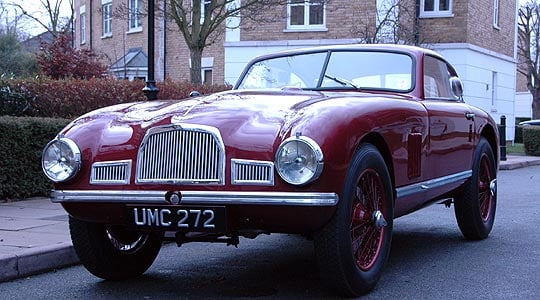
For 1949, three Frank Feeley-designed Aston coupés were entered in the Le Mans 24 Hours, two four-cylinders and one with the new Lagonda engine. Of typical early 50s lines, these cars carry the characteristic, three-grille, ‘big wheel’ styling you see here and were prototypes for what morphed from ‘DB Mark II’ into ‘DB2’, the mainstay of the then Feltham company’s production in the 1950s.
As ‘the governor’, it was understandable that David Brown should want one of the first truly modern Aston Martins and a fourth chassis, LML/49/4 (registered ‘UMC 272’ in April 1949), though still a works prototype, became both his personal car and a publicity vehicle for the company.
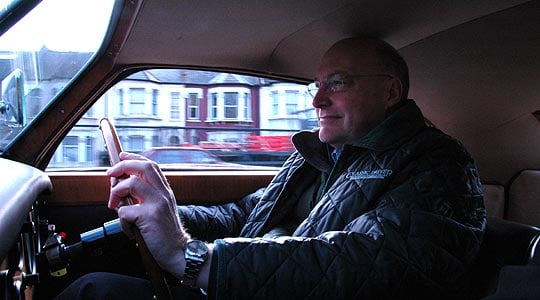
In 1950, Aston Martin embarked on a full competitions programme with the DB2, masterminded by the great John Wyer who oversaw a superb 5th overall at Le Mans by Macklin/Abecassis in VMF 64. It wasn’t works driver Lance Macklin’s first race that year in an Aston, as he’d finished a fine 4th in the Coppa Intereuropa at Monza and had entered the Targa Florio in a newly purchased DB2...
...the car you see here.
In Sicily, despite starting on a very positive note (after two hours he was catching Ascari’s Ferrari 195S), wet weather and one of the world’s most difficult circuits caught the talented Macklin out. He crashed (down a ravine, ending upside down with petrol pouring out – you know, standard 1950s stuff...) and UMC 272 was repaired at the works – too late to fulfil its Mille Miglia entry – then sold by Macklin to cover the cost of repairs.
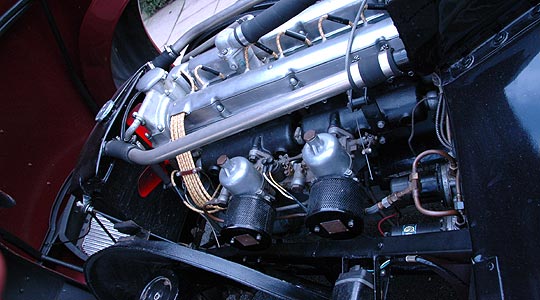
Back to February 2010. The subject of an extensive restoration at Works Service, the dark red DB2 has just emerged from a private collection, having been mainly unseen for 20 years. Sitting on its original-specification 18in wire wheels, shod with Dunlop 5.50 racing tyres, it has the slightly futuristic looks of the era; a time of jet engines, rockets and the technological arms race between West and East.
Place the fastback GT next to a Touring- or Pinin Farina-bodied Alfa Romeo, Lancia or Cisitalia – as it will be this year at the Ville d’Este Concours d’Elegance – and it’s a typical early 50s sportscar for wealthy racers. Or just the wealthy.
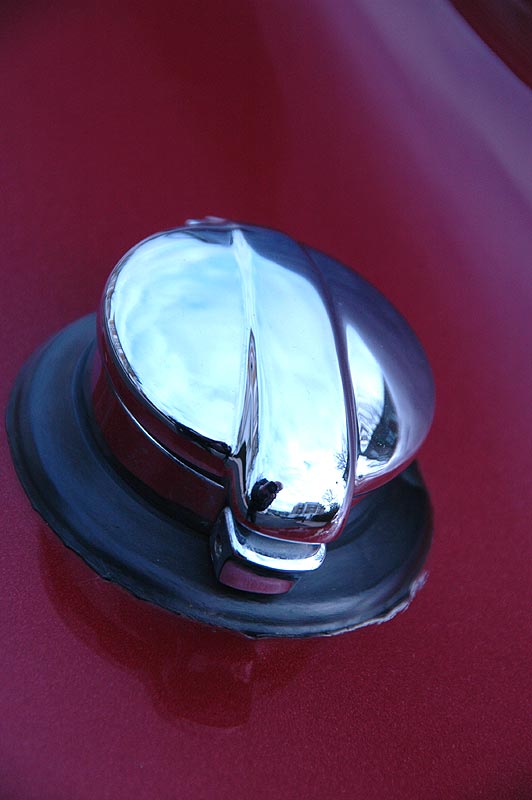
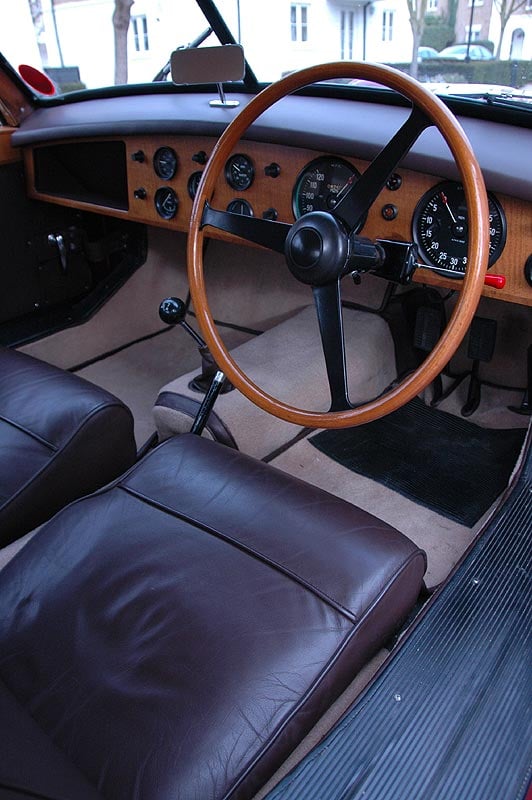
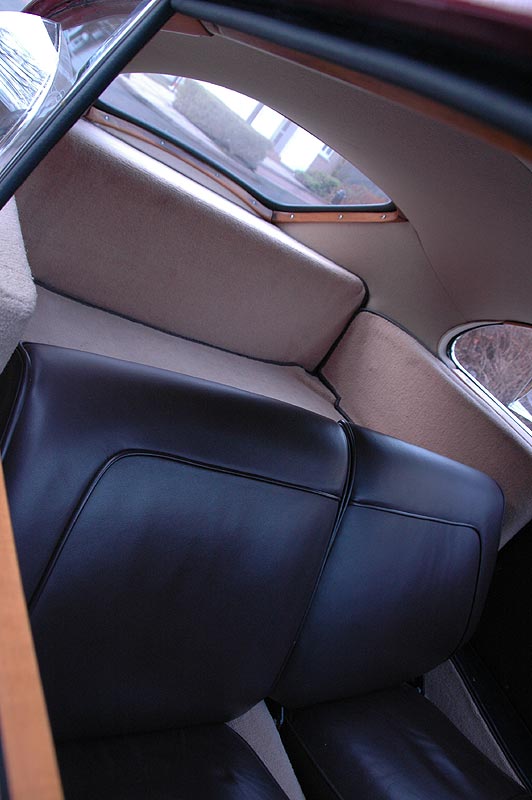
The high ground clearance and low roofline do mean that there is a bit of a knack to getting in. Left foot first, under the big steering wheel, and then swivel the rest of your body into the brown leather, ‘touring’, rather than ‘bucket’, seat. It’s a comfortable driving position, though, compared with an early XK and like all classic Astons the visibility is good.
Mille Miglia retrospective this May? No problem for comfort, count me in.
The six-cylinder, two-carb (SUs, Macklin had triple 35 DCOs fitted by Weber in Bologna for his Italian foray which were removed after the accident) engine starts and idles easily. Thinking back to the Ferrari 166 MM I drove last year, I had anticipated a stiff clutch and tricky gearbox but there’s none of that.
While the Italian car may have the edge in performance (what, 140bhp from the Ferrari against 105bhp or so from the Aston?), the DB2 is far easier to drive. Anyone familiar with a later DB4, 5 or 6, would be at home in this, only the fourth-ever DB2.
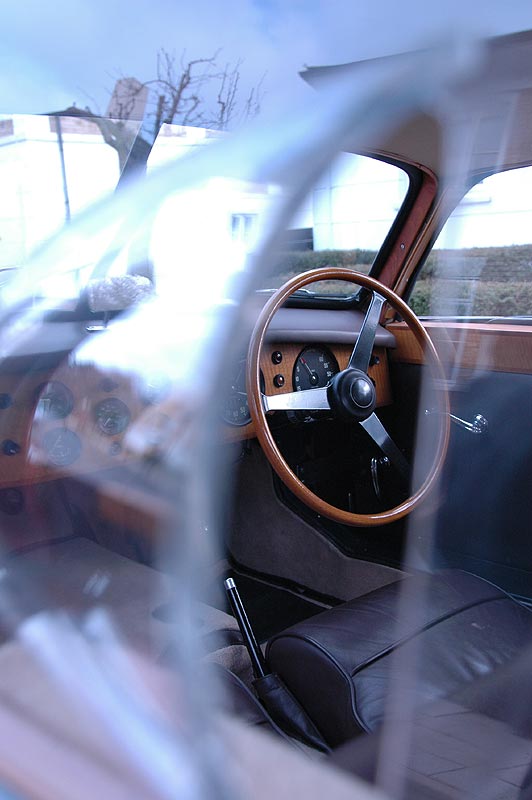
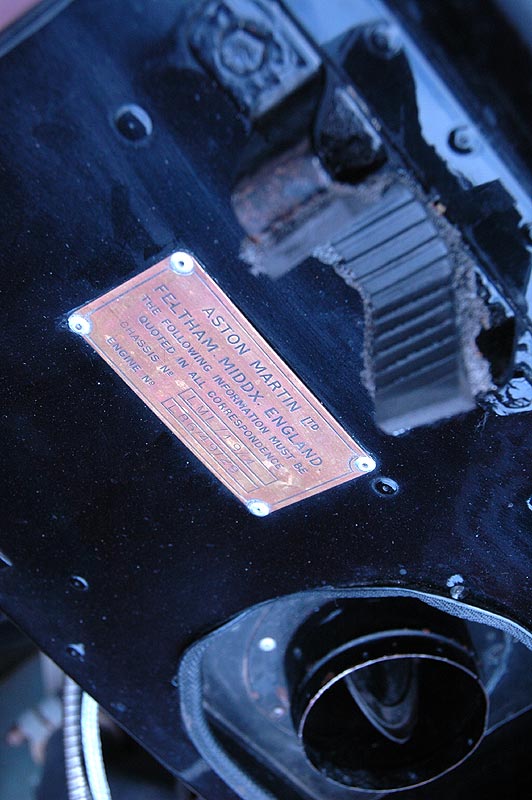
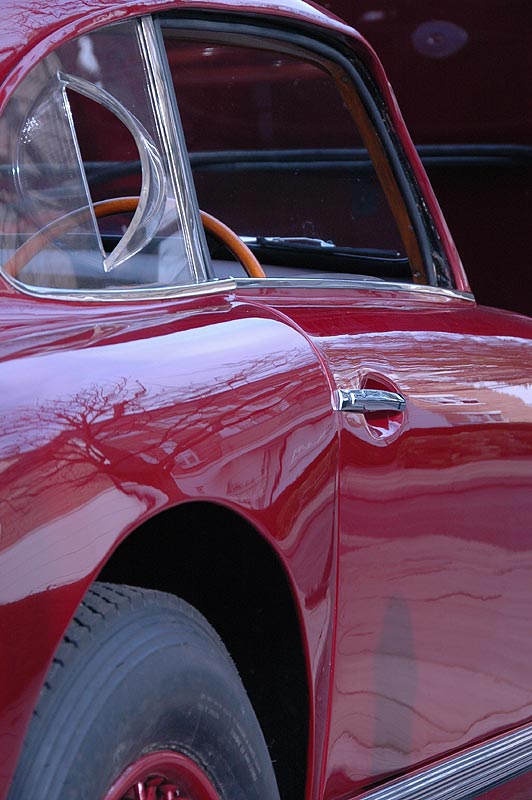
On the move, the steering takes a little getting used to, with a degree of play, but is so much lighter than a later DB2’s and as such is a revelation. I put this down to the exceptionally tall and narrow tyres, coupled with the very light racing-spec bodywork. It’s so easy to place it on the road, and I’d like to do some 70 – 90mph driving on sweeping, open roads in it, just keeping the engine in the 4000 – 5000rpm band, the perfect ‘zone’ for today’s premier road events such as the modern Mille Miglia or Colorado Grand. From 3500rpm onwards, the engine is pulling well, the SUs keeping the delivery smoother and more usable than a Weber-equipped car suitable only for circuit work.
The brakes, 12in cast-iron drums all round, are par for the course; as long as you don’t expect to stop in an instant, they’re fine, with nice pedal pressure. There are no belts or roll-cage as this is, after all, a car in superb, ‘Feltham factory fresh’ condition.
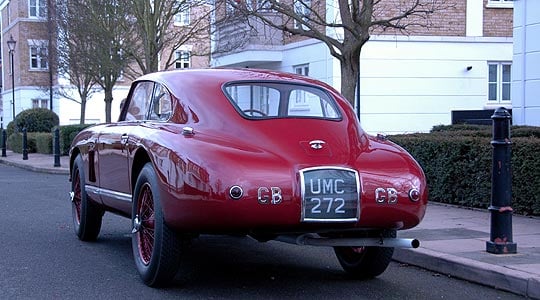
Stepping out, into a grid-locked West London side street, I watched as the dainty, metallic maroon car was carefully put away, awaiting delivery to Switzerland. The new owner will have some fun with this, I thought, just keep it motoring on, don’t kill the brakes or engine and you’ll be fine. And watch those mountain passes – this car has survived one involuntary downhill short-cut, it certainly doesn’t need another.
With grateful thanks to the DB2’s owner and the staff at Nicholas Mee & Co.
Text: Steve Wakefield
Photos: Classic Driver
ClassicInside - The Classic Driver Newsletter
Free Subscription!











